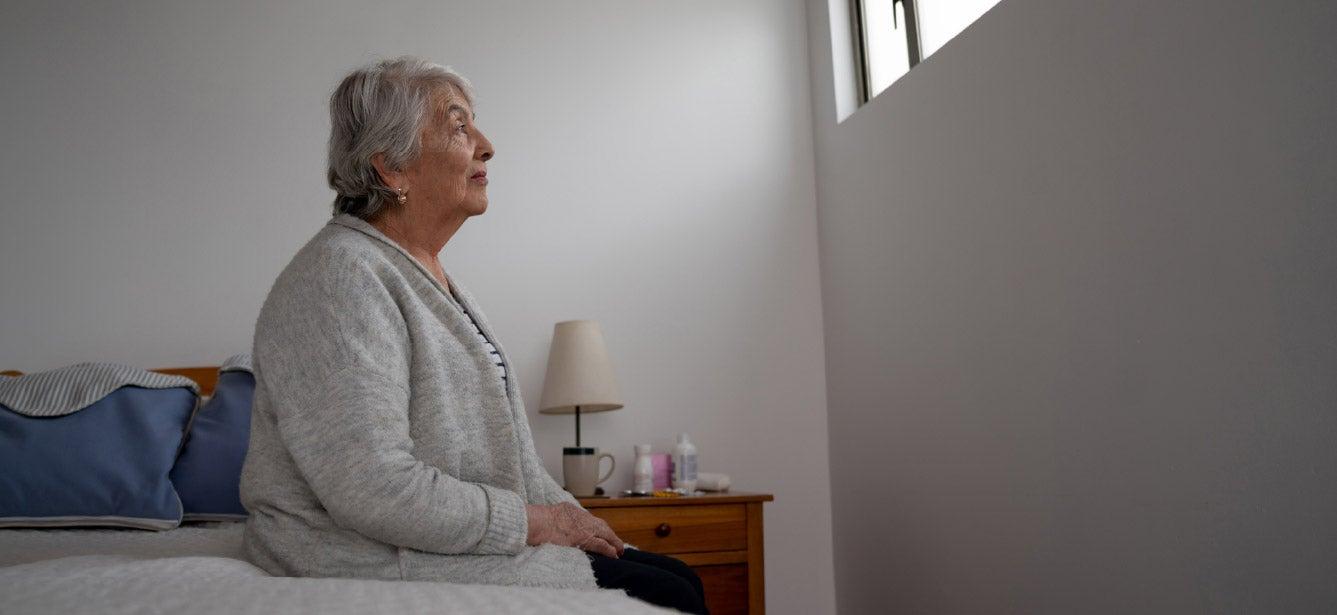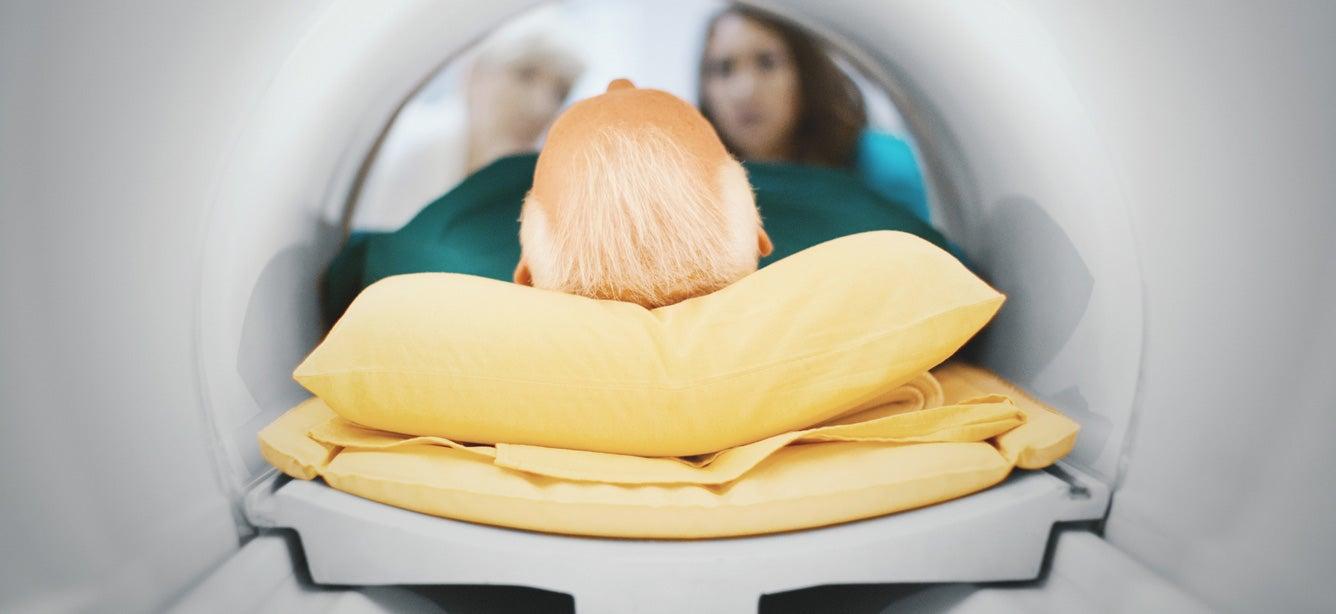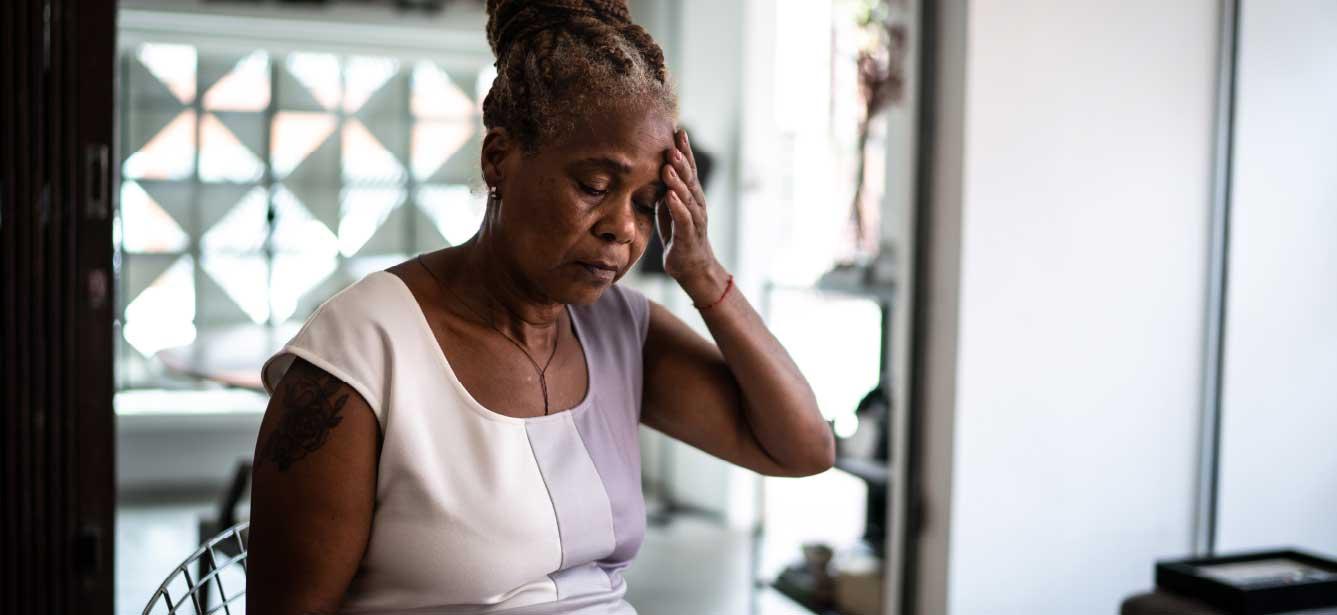LIHEAP for Public Housing Residents: What Older Adults Need to Know
8 min read

Sixty-year-old John didn’t know what to do. He had been unhoused and living in his car when an unexpected health issue sent him to the hospital. When he was released, he discovered his car had been impounded and he couldn’t afford to get it out. How could he recover from major surgery while sleeping on the street?
Steven, 77, also faced unforeseen circumstances. In a dramatic reversal of fortune—built over a long and successful career—he’d lost his life savings and the home he and his late spouse had raised their family in. With little to his name and nobody to lean on, where would he go? Who could he turn to for help?
John and Steven may come from two very different backgrounds. Yet today, they share three things in common. First, with help from knowledgeable and caring staff at their respective local Benefits Enrollment Centers, each applied and qualified for subsidized public housing—which put affordable roofs over their heads. Second, they both now receive LIHEAP energy assistance benefits that help reduce their monthly utility costs.
Third—and perhaps most importantly—John and Steven receive these benefits because they live in states that don’t restrict them from doing so: John lives in California, and Steven in Montana.
“LIHEAP provides a vital lifeline for people with limited financial resources,” explained Jessica Johnston, Senior Director of the NCOA Center for Economic Well-Being. “Unfortunately, not every public housing resident like John or Steven is eligible because of the way individual states allocate funds.”
"This is a critical issue that goes beyond heat and air conditioning," said Marci Phillips, NCOA’s Director of Policy and Development and Integration, in an article on how programs like LIHEAP that help lower energy costs could see the chopping block. “For example, there’s been a lot of press about how we’ve been tackling the price of insulin—but if people can’t afford to store it in a cool place because they can't afford the electricity for their refrigerator, that’s not going to be very helpful.”
That’s why NCOA fiercely advocates for expanded access to energy assistance programs like LIHEAP, so that every older adult has the financial support they need to age with dignity and peace of mind.
Do you live in a subsidized apartment like John and Steven? Could you use help paying your monthly utility bills? If so, you may be wondering, “Am I eligible for LIHEAP if I live in public housing?”
Here’s what you need to know.
What is LIHEAP?
The Low-Income Home Energy Assistance Program (LIHEAP) is a federally sponsored, needs-based program that provides financial support for millions of U.S. households each year (an estimated 5.7 million in 2022 alone).1
Generally speaking, LIHEAP provides short-term help with heating and cooling costs, usually through a one-time credit on your primary utility bill. This credit may cover:
- Home energy bills
- Certain weatherization projects (improvements that make homes and apartments more energy-efficient)
- Certain energy-related repairs (such as fixing a broken air conditioner)
- Emergency bill payments (if your utilities are shut off, for example)
The government grants LIHEAP funding to states, territories, and tribes, who are free to set their own program rules as long as they fulfill specific requirements. For instance, LIHEAP administrators must give preference to income-eligible households whose members include elderly adults, people living with disabilities, and/or children.1
These federal funds are limited, though; once they run out, they run out. That’s why it’s important to apply for assistance as soon as you think you meet the income limits for LIHEAP and before your state’s application deadline expires (more on applying for LIHEAP benefits below).
What is public housing?
“Public housing” comes in many shapes and sizes: from high-rise urban complexes to modest suburban flats and many things in between. In all cases, the goal is the same: to provide affordable places to live for low-income people through federal subsidies.
For older adults in particular, there are two programs to be aware of:
Housing Choice Vouchers (HCV)
Formerly known as Section 8 housing, this program connects low-income older adults, people with disabilities, and families with landlords who can and will provide decent, affordable living quarters.
Eligible participants receive a voucher, or coupon, that covers a portion of their monthly rent. Unlike other subsidized programs, Section 8 includes housing choice: if you qualify, you can live in any privately-owned unit so long as your landlord agrees to follow HCV program rules. Currently, more than 2.3 million American households benefit from Section 8 housing.2
Section 202
Initially created under the Housing Act of 1959, the Section 202 Supportive Housing for the Elderly Program helps expand the supply of affordable, high-quality housing units for seniors age 62 and over by providing funding to nonprofit organizations that build them.3 The program also offers rental assistance. Residents who live in Section 202 developments pay a fixed rent equaling 30% of their adjusted income.4 The government covers the rest. By the end of 2022, there were more than 400,000 Section 202 units in the United States.5
Because Section 202 housing is specifically tailored to the needs of older adults, residents benefit from a variety of supportive services and amenities that extend well beyond subsidized rent. Much like pricier independent living communities, Section 202 housing may include accessibility features, communal dining, planned social activities, transportation, housekeeping, and more.
Am I eligible for LIHEAP if I live in public housing?
You might be. But it all depends on where you live. That’s because each state administers its own LIHEAP funding and program rules.
That said, once you meet the LIHEAP income limits, your state usually will determine LIHEAP eligibility by weighing the following considerations6:
- Do you live in subsidized (public) housing?
- Does your rent include energy costs?
- Do you pay for utilities directly? If so, do you receive a utility allowance?
The answers inform what LIHEAP benefits you may or may not receive.
“Some states take the approach of, ‘We need to spread this money around,’” Johnston explained. “That means they want people who don’t already receive housing assistance—say, in the form of subsidized rent—to get the first shot at LIHEAP funds. That decision comes from a good place, but in reality can end up excluding a lot of low-income households from additional, and crucial, financial benefits.”
If you are a renter, live in public housing, and apply for LIHEAP, one of several outcomes is possible7:
1. You qualify for benefits regardless of whether:
- Your utilities are included in your rent
- You pay for utilities directly
- You receive a utility allowance
2. You qualify for benefits, but they may be reduced.
3. You don’t qualify for benefits.
This all may sound confusing. “That’s because it is,” Johnston said. “But there are resources available to help you navigate the process and get answers specific to your situation.”
Can I get LIHEAP if my utility costs are included in my rent?
This is a common question among low-income older adults, whether they live in subsidized public housing or not. And the answer also depends on where you live.
“Some states restrict LIHEAP eligibility to renters who pay their utility costs directly, because these people may be hardest hit by rising energy costs,” Johnston said. “Again, this rule is well intentioned. Still, it may leave other vulnerable tenants without the financial help they truly need.”
According to the U.S. Department of Health & Human Services, at least 26 states deny LIHEAP benefits for public housing residents whose rent includes utilities.6 On the other hand, most states will grant benefits to LIHEAP-eligible renters who do not live in public housing, even if their rent includes utilities. (Their LIHEAP benefits may be reduced, however).6
Because of the program’s complex rules, Johnston stressed the importance of seeking official guidance on whether you may be eligible for LIHEAP in your state.
What are the eligibility requirements for LIHEAP for public housing residents?
First, you can check how your state determines LIHEAP benefits for public housing residents.
Second, you may also use the government’s recently-launched LIHEAP eligibility tool, which may make it easier for you to find out whether or not you qualify for assistance.
Third, don’t hesitate to reach out to your local Senior Center or Benefits Enrollment Center, just as John and Steven did. There, you’ll find knowledgeable and supportive professionals who can screen you for eligibility and guide you through the LIHEAP application process.
How do I apply for LIHEAP if I live in public housing?
Each state, territory, and tribe has its own LIHEAP guidelines, application form, and application deadlines. In some states, you need to mail in your application; in others, you can apply for LIHEAP online. Your best bet is to contact your local LIHEAP office for specific details. You may also call the toll-free LIHEAP phone number at 1-866-674-6327.
Do you need additional help paying your bills? NCOA's BenefitsCheckUp can help.
If you live in public housing, your monthly income is low. That means you still may struggle to cover other basic living costs—as far too many older adults in the U.S. do.
In addition to other energy assistance programs for public housing residents, like the Low-Income Household Water Assistance Program (WAP), there are a wealth of financial benefits available for eligible older adults. Be sure to visit BenefitsCheckup.org, our free and confidential site where you can browse for programs that can help you pay for housing, utilities, prescription drugs, health care, and more.
Sources
1. U.S. Department of Health & Human Services. LIHEAP Fact Sheet. Found on the internet at https://www.acf.hhs.gov/ocs/fact-sheet/liheap-fact-sheet
2. U.S. Department of Housing & Urban Development. Housing Choice Voucher Program. Found on the internet at https://www.hud.gov/program_offices/public_indian_housing/programs/hcv
3. HUD Exchange. Section 202 Supportive Housing for the Elderly Program. Found on the internet at https://www.hudexchange.info/programs/section-202/
4. U.S. Department of Housing & Urban Development. Fact Sheet for HUD Assisted Residents. June 2007. Found on the internet at https://www.hud.gov/sites/documents/DOC_14955.PDF
5. Linda Couch. “Section 202: Supportive Housing for the Elderly.” National Low Income Housing Coalition, March 2023. Found on the internet at https://nlihc.org/sites/default/files/2023-03/2023AG4-13_section-202.pdf
6. U.S. Department of Health & Human Services. LIHEAP Clearinghouse. Subsidized Housing and LIHEAP. Found on the internet at https://liheapch.acf.hhs.gov/pubs/440.htm
7. U.S. Department of Health & Human Services. LIHEAP Clearinghouse. Subsidized and Rental Household Eligibility and Benefits. Found on the internet at https://liheapch.acf.hhs.gov/tables/FY2015/subsidize.htm




